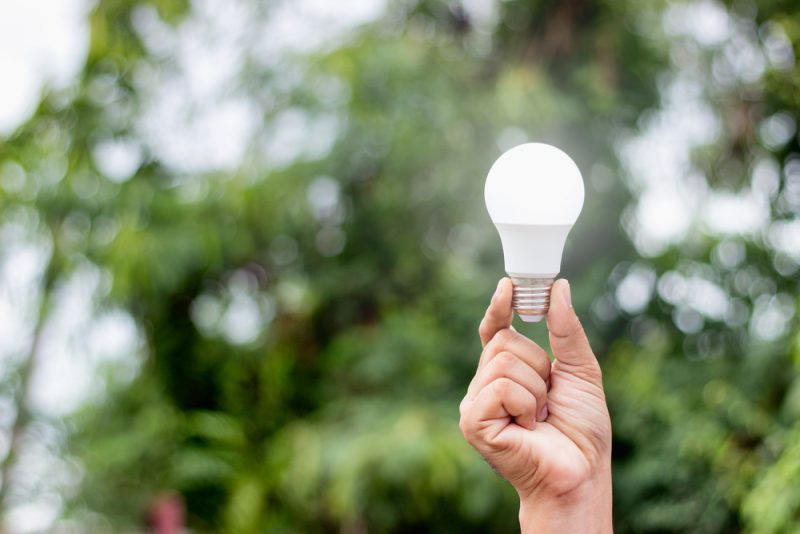Most people in 2017 understand or have a general idea about the benefits of LED lights, whether it be in the home or a commercial setting. While the science behind this technology can be a little difficult to grasp, it’s fairly well establish that they are advantages in terms of the amount of energy used and the effects on the environment. But there are other factors that any buyer out there should be aware of, which may or may not convince them to go ahead with the switch to LED and reap the benefits of doing so. If you’re a retailer of LED lights, it’s your job to ensure that prospective buyers are aware of the following facts.
Longevity is One of the Overlooked Advantages
One aspect of LED lighting that is often forgotten is just how long these globes last. Most of us are used to having to change globes in our home or office every few months or so, and needless to say it’s a bit of a pain. It takes time to figure out what kind of globe you need to buy, to get around to changing it and if you have a high ceiling it’s even more of a hassle. But the equation is altogether different in some commercial settings. In a factory or warehouse, where there are hundreds of lights, the time taken to buy and fit new globes can be extremely costly.
LED lights are far more efficient than traditional alternatives, and because the bulb does not need to be heated in order for light to be produced, they last far longer too. For examples, some of high quality commercial led lighting products which are included in government subsidy programs like VEECS Rebate, can last up to 15 years as they are officially quality approved.
There are Numerous benefits to the Environment
As mentioned, there are obvious energy saving benefits that come from using LED globes as opposed to halogen or incandescent alternatives. And if you’re using less energy, your environmental footprint is obviously lessened, which is a plus for everyone. But there are other ways switching to LED can lead to positive outcomes for the environment.
For example, because lights are taken out and changed a lot less when you’re using LED, the effect on landfill lessen significantly; you are producing less waste that needs to be dealt with and puts a strain on the environment. Further, LED lights are mercury-free, unlike many alternative globes. Not only does this mean you’re better off from a health perspective, but it lessens the chance of this mercury seeping into the soil when globes are being disposed of, which is a hazard.
LED Technology has improved Significantly
LED technology burst on the scene some years ago when it first became available to buyers. However, many people have memories of these initial models producing very low quality light, being quite expensive and not really be worth the time. Today, things have changed significantly. It’s a relatively recent development that has seen LED light quality rival or even supersede that provided by conventional alternatives that we are all used to. In fact, LED light quality is particularly adaptable these days and can be customised to suit certain rooms and environments, with different brightness and warmth levels available.
Unfortunately, these memories of old LED lights that simply didn’t live up to expectation still persist, but a demonstration of what the latest technology can offer should be more than enough to convince perspective buyers.
Author Bio:
Ryan Aslatt, a content strategist, freelance writer and an independent blogger. He mostly writes on LED Lighting, Sustainable Lighting Solution and Eco Friendly Energy alternatives. As a content marketing consultant with over 2 years of experience, he is used to writing well-researched articles that readers will find insightful, engaging and highly informative.
